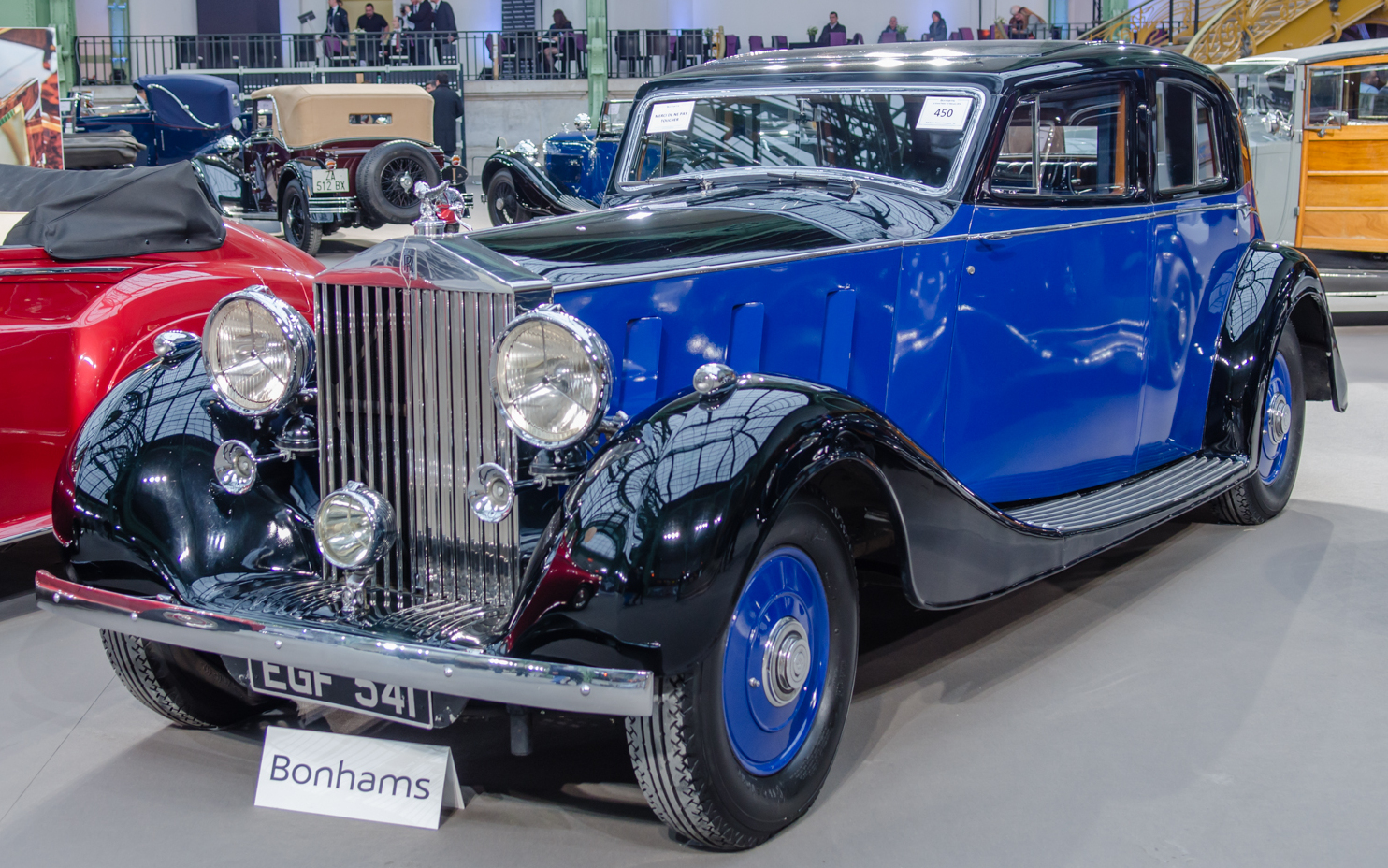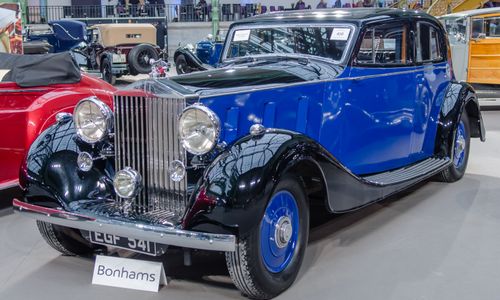
Quick Facts
- Rolls Royce Phantom II was manufactured by Rolls-Royce Ltd, produced between 1929–1936.
- 1680 were produced.
- It was a Luxury car with a 7668 cc I6 engine with a 4-speed manual transmission and a 144 in (3658 mm) 150 in (3810 mm) transmission.
- It’s Predecessor was the Phantom I and it’s successor was the Phantom III.
Rolls-Royce Phantom III
The Rolls Royce Phantom III was in produced between 1936-1939.
727 were produced.
It had a 7338 cc (447 cubic inches) V12 with a 4 speed manual transmission with a Wheelbase of
142 in (3607 mm) and a Curb weight of 1,837 kg (4,050 lb) and 3,500 kg (7,700 lb)[1] (approx – with Barker & Co 4 door body)
It successor was the Silver Wraith
Phantom IV
Phantom IV was a 1937 limousine created by Arthur Mulliner of Northampton
The Rolls-Royce Phantom III was the final large pre-war Rolls-Royce.
Introduced in 1936, it replaced the Phantom II and it was the only V12 Rolls-Royce until the 1998 introduction of the Silver Seraph.
The 727 V12 Phantom III chassis were constructed from 1936 to 1939, and many have survived.
Although chassis production ceased in 1939 (with one final chassis being built in 1940), cars were still being bodied and delivered in 1940 and 1941.
The very last car, though the rolling chassis was completed in 1941, was not delivered with a body to its owner until 1947.
The Phantom III was the last car that Henry Royce worked on – he died, aged 70, a year into the Phantom III’s development
The III is powered by an aluminium-alloy V12 engine of 447in³ (7.32L), having a bore of 3.25 inches (82.5 mm) and a stroke of 4.5 inches (114.3 mm).
It is a pushrod engine with overhead valves operated by a single camshaft in the valley between the cylinder banks.
Early cars had:
- Hydraulic tappets
- Unique system of eccentric bushings in each individual rocker that was actuated by a small hydraulic piston
- The eccentric bushing ensuring zero valve-lash at the rocker/valve interface.
This system was changed to solid adjustable tappets in 1938.
The Phantom III is unusual for its:
- Twin ignition systems
- With two distributors
- Two coils
- 24 spark plugs.
- Petrol is provided by a twin SU electric pump
Wire wheels are fitted as standard, but many cars carry Ace wheel discs which were fitted to improve cosmetics and to reduce the time taken to clean the wire wheels after use.
The car features:
- On-board jacking
- One-shot chassis lubrication system
- Independent front suspension by a coil spring-based system
- Carryover semi-elliptical spring unit in the rear
The car has a:
- 4-speed manual transmission with synchromesh on gears 2, 3 and 4.
An overdrive gearbox was added in 1938
The ratio change being contained in the gearbox rather than in a separate unit.
The car has 4-wheel servo-assisted brakes applied by cable (using a servo made under licence from Hispano-Suiza). The radiator shell is of Staybrite steel.
It’s top speed was 140 km/h (87½ mph) and a 0 – 60 mph (0 – 96 km/h) time of 16.8 seconds.
The overall fuel consumption quoted from that road test was 28 litres per 100 kilometres (10 mpg?imp; 8.4 mpg?US)
Body
Only the chassis and mechanical parts were made by Rolls-Royce.
The body was made and fitted by a coachbuilder selected by the owner or a dealer who might have cars built for showroom stock.
Body types as well as limousines included:
- Saloons
- Coupés
- Convertible
A handful of used cars have been converted to hearses and shooting brakes.
Film and television appearance
In 1964, more than 20 years after the end of production, the villainous Auric Goldfinger drove an excellently preserved black and yellow Phantom III

